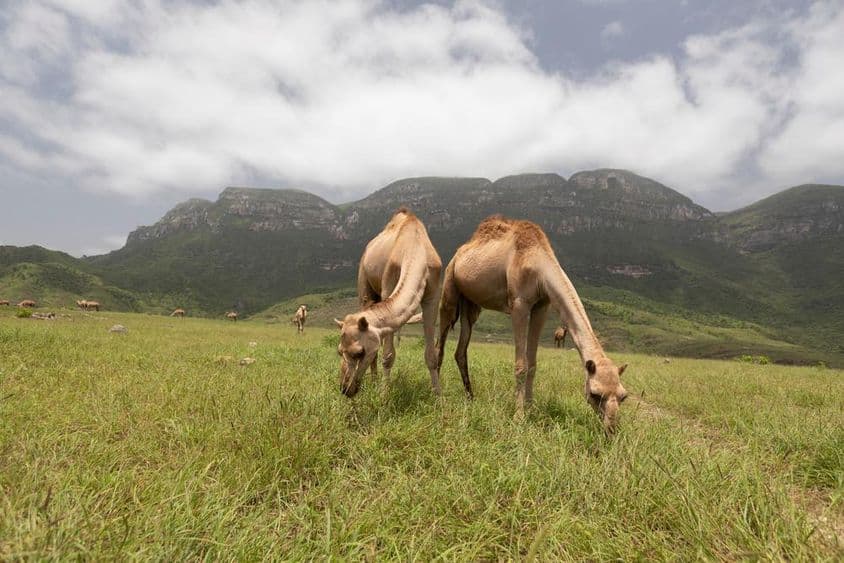Avoid Road Hazards, Enjoy Salalah's Beauty

Car Trip to Salalah: Life-Saving Tips Post-Dhofar Accident
As the Khareef season brings monsoon rains and lush green hills to southern Oman, more UAE residents are setting out to explore the charm of Salalah. While the nature is particularly captivating this time of year, the picturesque scenery is accompanied by dangerous road conditions. A recent tragic accident in the Dhofar governorate, which claimed the lives of five people, has brought renewed attention to the importance of travel preparedness.
Why is Salalah Attractive?
During the Khareef period, Salalah undergoes a complete transformation: what is usually dry, dusty terrain turns into lush mountains, waterfalls, and valleys shrouded in cool mist. This climatic marvel lasts from late June to September, offering an ideal escape from the searing summer heat of the UAE.
Not Like City Driving
Experienced travelers warn that the road from Dubai to Salalah is no comparison to city commuting. Once you leave the UAE's desert plains and approach the Dhofar mountains, the terrain and weather conditions change dramatically: expect constant fog, fine rain, and steep, winding roads.
The most challenging segment generally starts after Thurmait, around the Wadi Dawkha area. Here, the mountain roads include sharp curves, sudden inclines, and declines, often shrouded in thick fog, which can reduce visibility to a few meters. The wet asphalt becomes slippery, and on the long declines, cars can often speed up unnoticed.
Before You Set Out
1. Break the trip into multiple days: Seasoned drivers recommend not attempting the entire distance in a single day. Instead, plan for an overnight stop, such as around Nizwa or Thurmait.
2. Set off early and avoid driving at night: Mountain roads are particularly hazardous after dark, especially in rain and fog. Daytime driving is safer and offers more opportunities for stops and rest.
3. Vehicle check is mandatory: Ensure your car is freshly serviced, especially the brakes, lights, and tires. Good traction is crucial on wet roads.
4. Use fog lights and low beams: Fog lights and low beam headlights aid visibility without blinding oncoming drivers – especially useful in dense fog.
5. Watch for animals: Free-roaming animals, such as cattle, goats, and even camels, are common around mountain villages and can unpredictably enter the road.
6. Fuel up frequently: After Nizwa and Adam, there are long stretches without petrol stations, so it's wise to fill up at every available opportunity.
7. Avoid using cruise control: On the hilly, winding, rain-soaked roads, manual control is safer. The driver's constant awareness is vital.
This Season's High Traffic
Due to school holidays and extreme summer heat, many are planning trips to Salalah. The number of visa applications has soared, and accommodations are filling quickly. According to travel agencies, interest is at an all-time high this year.
Conclusion
Salalah offers a remarkable natural experience during the Khareef season, but the journey there requires significant attention and preparation. A tragic accident is enough to ruin lives – hence, all precautions should be taken. The beauty of the journey can truly be enjoyed when one arrives safely and calmly at the destination.
(The article is based on insights from experienced travelers.)
If you find any errors on this page, please let us know via email.


